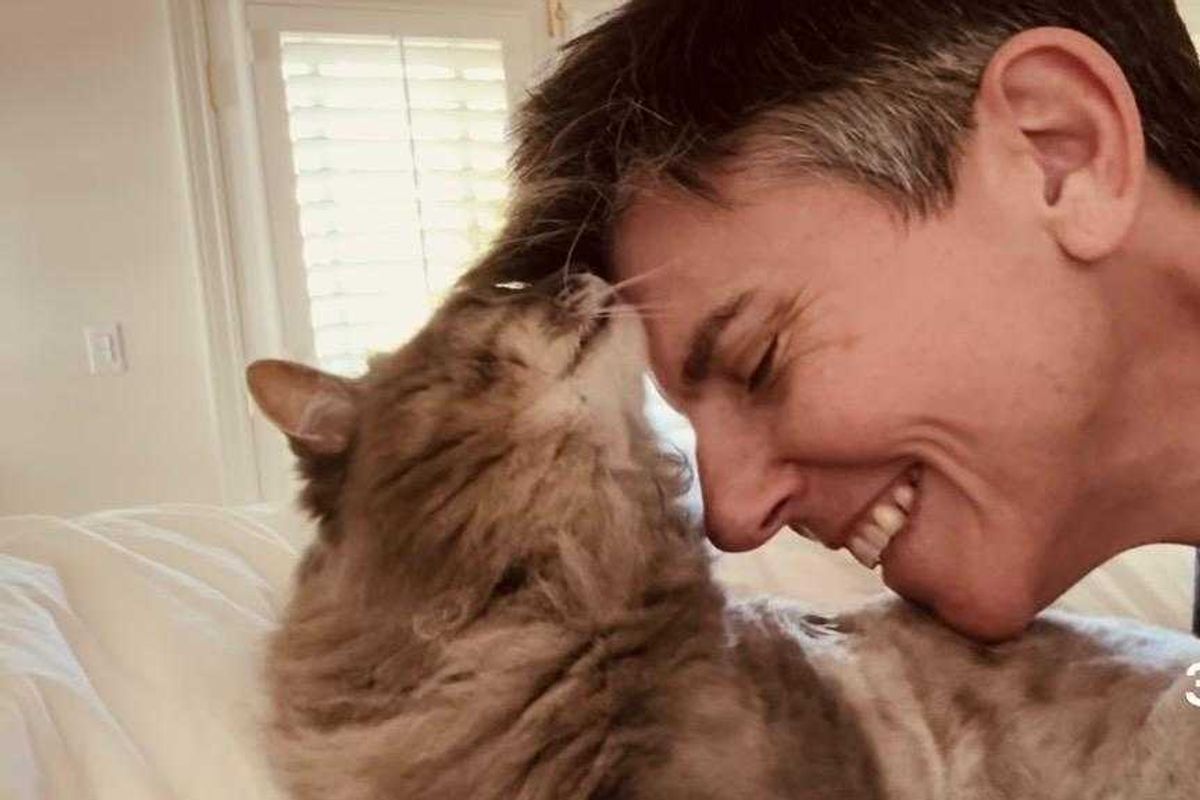John Legend visits 'Sesame Street' to talk about kids with incarcerated parents.
Both Legend and "Sesame Street" have been doing work on this topic for years.
"Sesame Street" is at its best when it's tackling some of life's trickier issues, and their new video is no exception.
Singer John Legend sat down with the cast of "Sesame Street" to discuss the 2.7 million U.S. children with parents in jail or prison. The short segment featured a few of these kids telling some of the "Sesame Street" characters how they cope with not being able to see their parents on a regular basis. (A lot of them seem to enjoy drawing pictures.)
There's sadness in the kids' voices, but it's inspiring to see some of the creative ways they're dealing with the hand they've been given.
"We incarcerate so many people, and a lot of times we forget about their kids that are left behind and how it feels for them to be without parents," Legend told People magazine about his appearance. "The emotional effect that it has on them, the financial effect it has on their families as well — I think a lot of times we forget about that toll of incarcerating so many people."
Legend's "Sesame Street" appearance highlights some of the collateral damage caused by mass incarceration, including the damaging and lasting financial and social effects it has on an inmate's family and children. When you factor in the types of challenges a child might have going from a two-income household to a single-income household (or even a household without any income at all), it could result in that child being more likely to live below the poverty line or wind up incarcerated themselves.
This isn't the first time "Sesame Street" has centered the lives and stories of kids affected by parental incarceration.
Back in 2013, they introduced a new character named Alex, whose backstory included that his dad was in prison.
Alex's big episode also featured a really powerful animated short about what it's like for these kids to visit family in prison and how painful and sad it can be to be kept at such a distance from some of the people they love more than anything in the world.
The following year, Sesame Workshop teamed up with a group of young filmmakers who've had a parent in prison to make the Echoes of Incarceration Project, which seeks to address the very specific issues these kids have to deal with.
The finished product is a truly gut-wrenching watch where you see just how children have, in many cases, become collateral damage in our culture of mass incarceration.
Luckily, there are things that you (yes, you!) can do to help out — and that help is sorely needed, especially around the holidays.
"Sesame Street's" Little Children, Big Challenges project contains a lot of really great resources for families with children aged 3 to 8 to address some of the specific challenges they'll face as the result of their parents' incarceration.
Kids might have questions like, "Who will take me to school?" or "Is this my fault?" Some of the Little Children, Big Challenges resources help walk through some of those commonly-asked questions and struggles.
In 2015, Legend launched Free America, a campaign aimed at changing how we, as a country, discuss incarceration and the criminal justice system as a whole.
Organizations like New York's Children of Promise, In Arms Reach, and Hour Children; Prison Fellowship's Angel Tree Christmas present project; Alabama's SKIP, Inc.; Florida's Children of Inmates; Georgia's Foreverfamily; Rutgers University's National Resource Center on Children and Families of the Incarcerated; and national group Rainbows For All Children all do work addressing this important issue and could use a little extra support. (Disclaimer: Be sure to check out their websites before donating to make sure you're comfortable with where your money is going.)
These kids deserve as much love and support as anyone else, and we can help give them the start in life that they're owed.



 Meatloaf was a staple dinner.
Meatloaf was a staple dinner. Spaghetti is still a classic.
Spaghetti is still a classic. Why were pork chops so popular?
Why were pork chops so popular?


 First Lady Jacqueline Kennedy greets guests before a reception for the Wives of American Society of Newspaper Editors Members.via
First Lady Jacqueline Kennedy greets guests before a reception for the Wives of American Society of Newspaper Editors Members.via  A gorilla walking on its knuckles. via
A gorilla walking on its knuckles. via 
 Cooking at home is almost always cheaper than eating out, and often significantly so.
Cooking at home is almost always cheaper than eating out, and often significantly so. Bulk spices often cost a fraction of what they cost in jars.
Bulk spices often cost a fraction of what they cost in jars. Growing your own food can save you money.
Growing your own food can save you money. Biking is free.
Biking is free. Public libraries are treasure troves of free items to borrow.
Public libraries are treasure troves of free items to borrow.